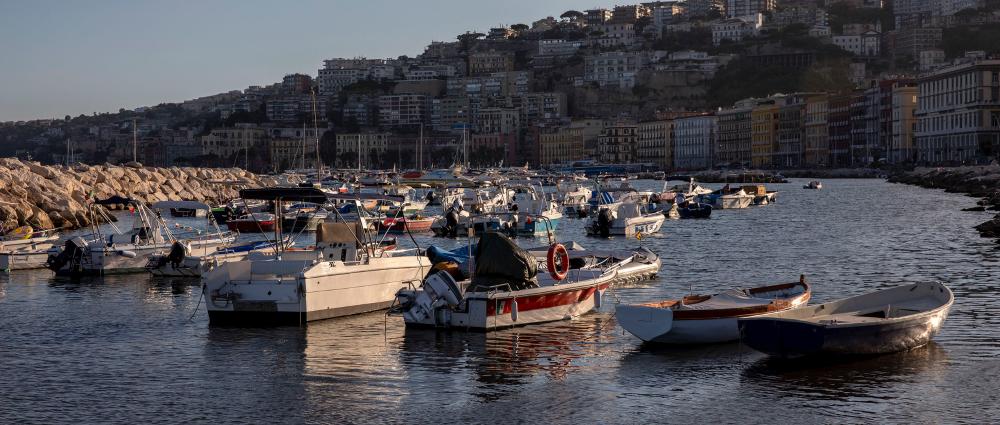
Stories and legends between Mergellina and Posillipo
Itinerary map
Itinerary stages
At Piedigrotta, in the Parco Vergiliano, is the entrance to the oldest tunnel connecting Naples and Pozzuoli. Excavated entirely from tufa rock, it is 705 metres long, 4.50 metres wide and about 5 ...
It dates back to the 14th century, but was rebuilt and restored several times until 1853. Since the Middle Ages, the wooden statue of the Madonna di Piedigrotta (1320-30) on the high altar has been...
Described as "a place so delightful that it perhaps has no equal in Europe", it is the ideal place to stay during the summer season. Before the urban development of the seafront, the beach stretche...
Together with a villa and a tower, it is built on land that King Frederick of Aragon donated in 1499 to the great humanist Jacopo Sannazaro (1458-1530). The poet named the church after Santa Maria ...
The tuffaceous hill behind the coast of Santa Lucia and Mergellina, once rich in springs, supplied some of the town's fountains, and the water from the Fonte del Leone spring, known as the Mergogli...
It was moved to Largo Sermoneta, just before the street leading up to the Posillipo hill, at the end of the numerous urban development projects begun in the 19th century to build the new seafront. ...
The work of Baroque architect Cosimo Fanzago (1642) is named after Anna Carafa di Stigliano, wife of the viceroy Filippo Gúzman de las Torres. The tufa cliff overlooking the sea was worked o...
At the centre of the gardens dedicated to Salvatore di Giacomo (1860-1934), the Coccovàja fountain was a public fountain in the 16th century in the street of Porto, rebuilt in 1834 and moved...
It is part of the Pausilypon Archaeological Park and the Gaiola Underwater Park, and is one of the structures of the grandiose Pausylipon complex, the villa-city of Publius Vedio Pollione, which gi...
This is the lonely and wild stretch of the Posillipo coast, the legendary land of Greek and Virgilian myths, a collection of tufa caves, inlets, small coves and a beach, a unique setting of sea and...
Favoured by the ancient Romans, it was only between the 16th and 17th centuries that Posillipo, the hill "where troubles cease", became part of the city's fabric, with the construction of the first...
At Posillipo, at the end of the Coroglio descent, a bridge-dam over a stretch of sea about 300 metres long joins the island to the mainland. Called Nesis (small island) by the Greeks and a place of...

No Comments Available


















